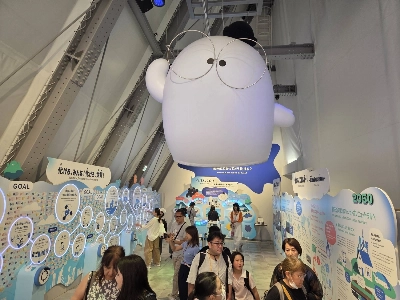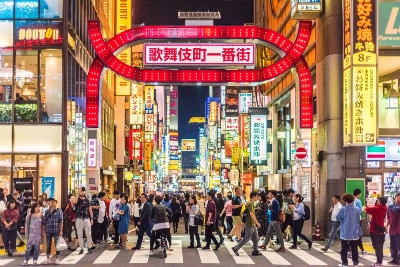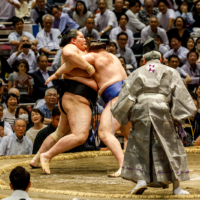U.S. President Donald Trump’s characteristically effusive assessment of his Oct. 30 meeting on the sidelines of the Asia-Pacific Economic Cooperation with Chinese leader Xi Jinping as a “12 out of 10” has dominated post-summit analysis.
Yet the prevailing focus on bilateral theatrics obscures a more consequential development. The 90-minute encounter in South Korea represents more than another chapter in Sino-American rivalry; it marks a strategic inflection point that positions Japan as Washington’s irreplaceable anchor in an increasingly contested Indo-Pacific theater.
Prime Minister Sanae Takaichi understood this perfectly. Just days before the Trump-Xi tete-a-tete, she had hosted Trump in Tokyo from Oct. 27-29. Their meeting, which both leaders hailed as launching a “new golden age” of cooperation, wasn’t mere diplomatic pleasantry. It was strategic positioning, with Takaichi ensuring Japan’s centrality in Trump’s Indo-Pacific strategy before he faced Xi.
















With your current subscription plan you can comment on stories. However, before writing your first comment, please create a display name in the Profile section of your subscriber account page.